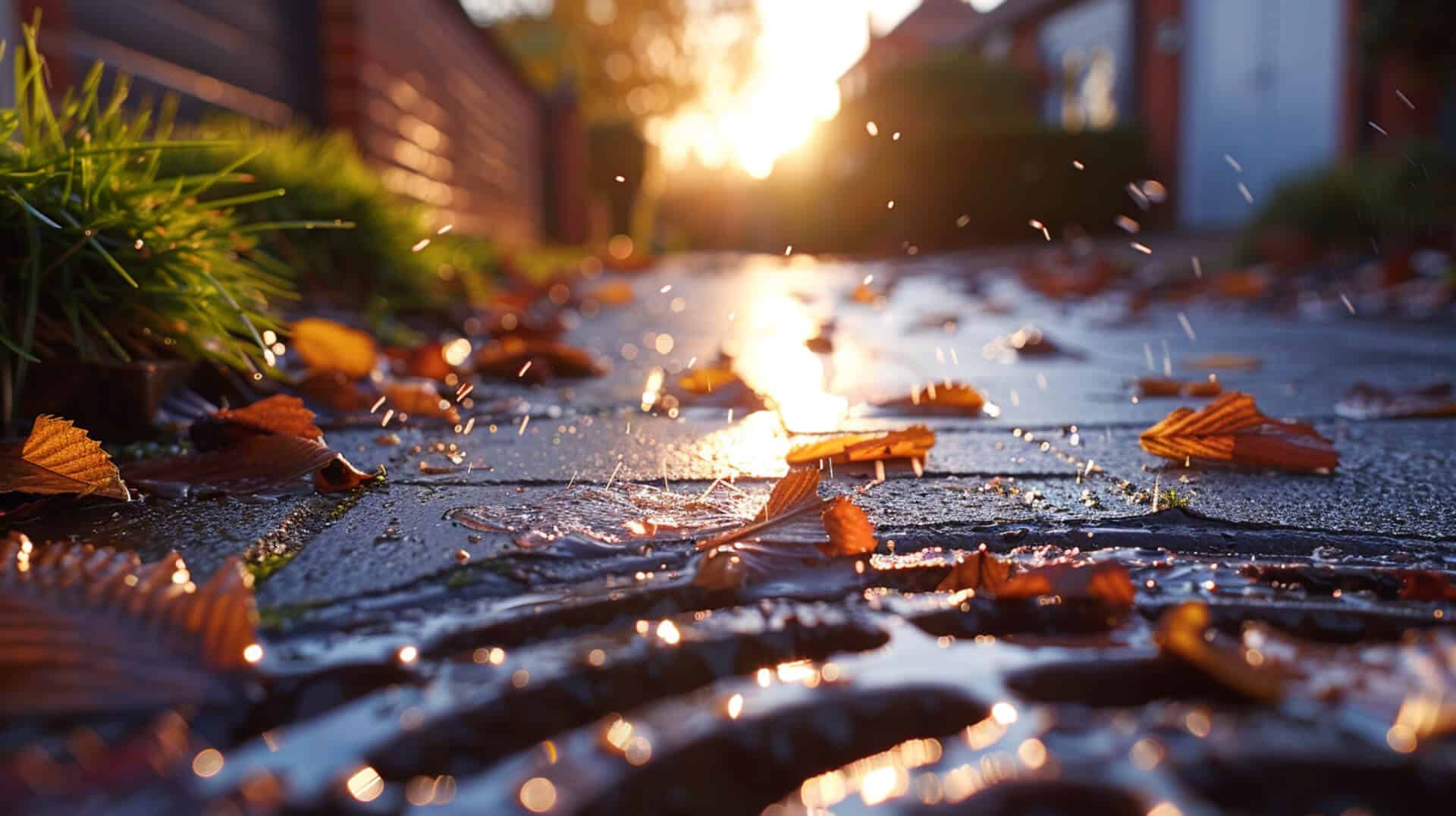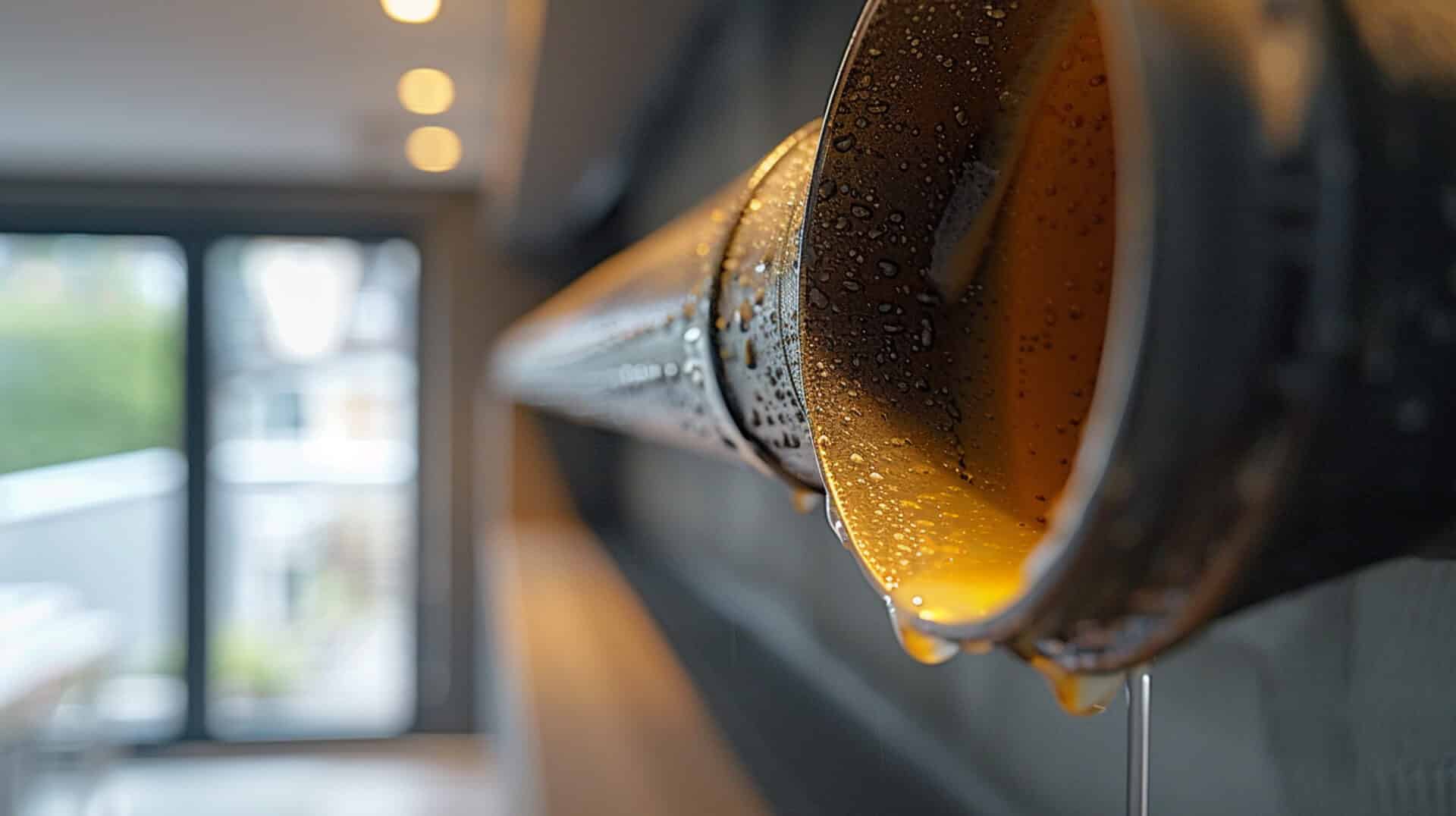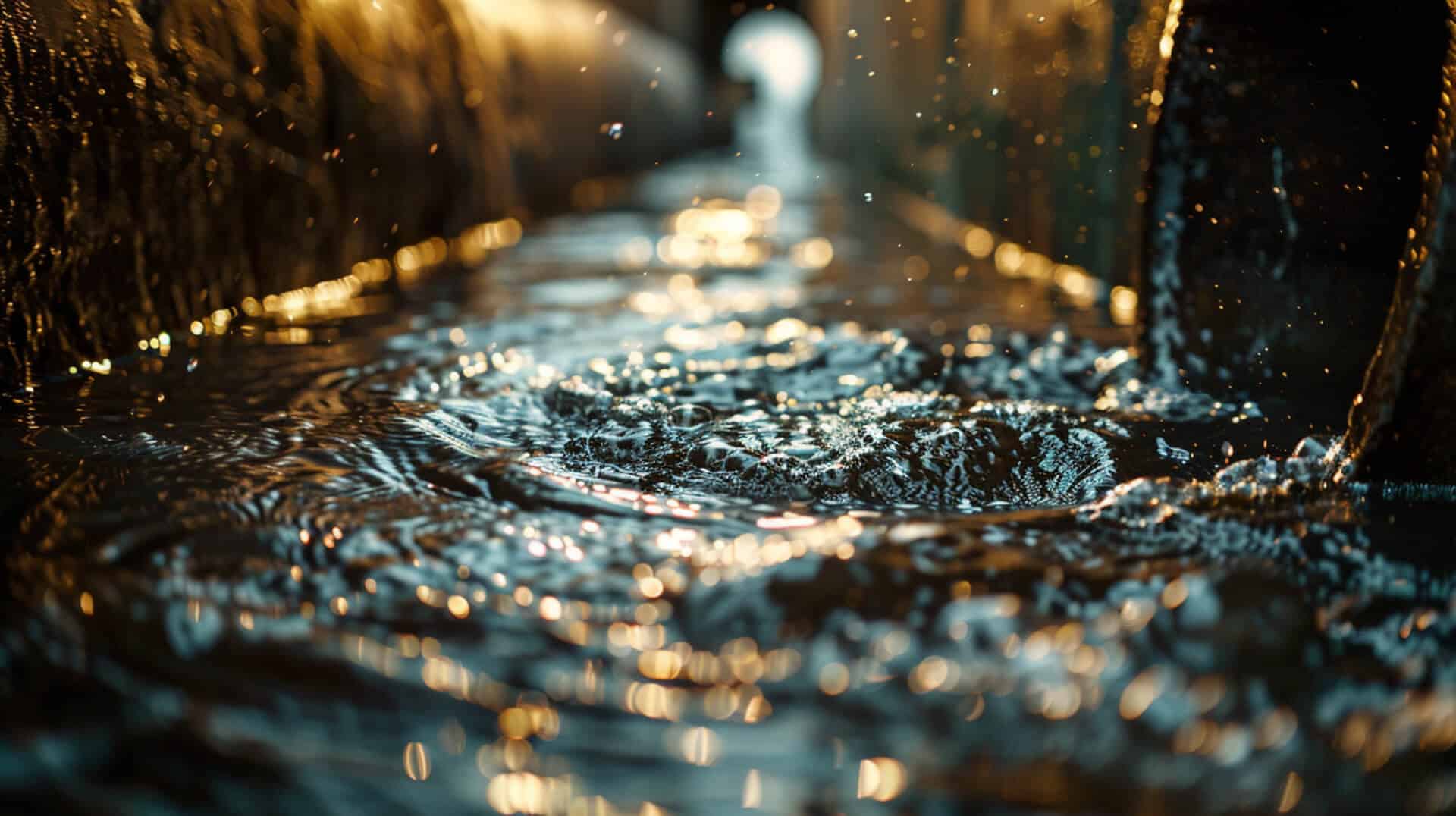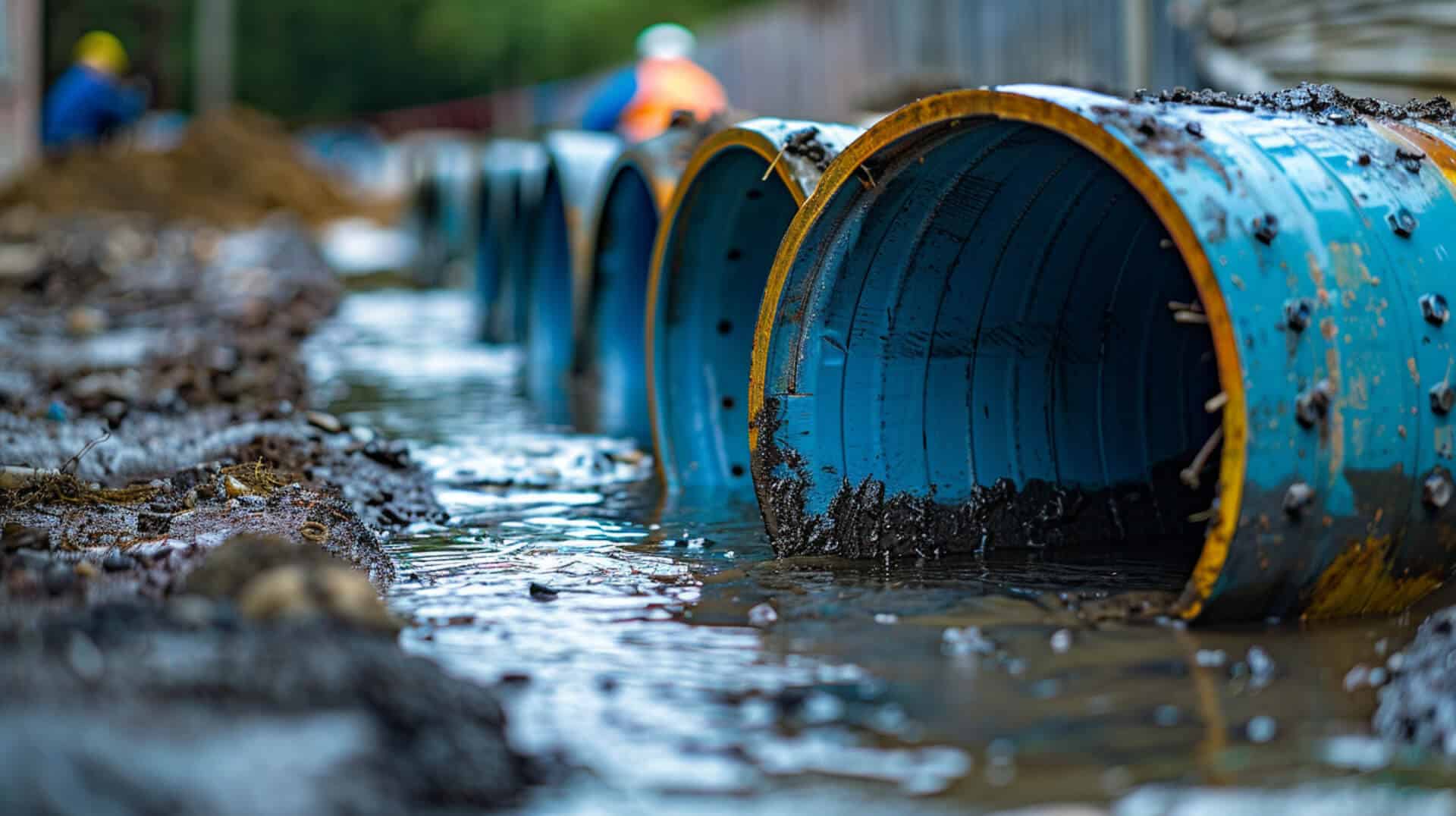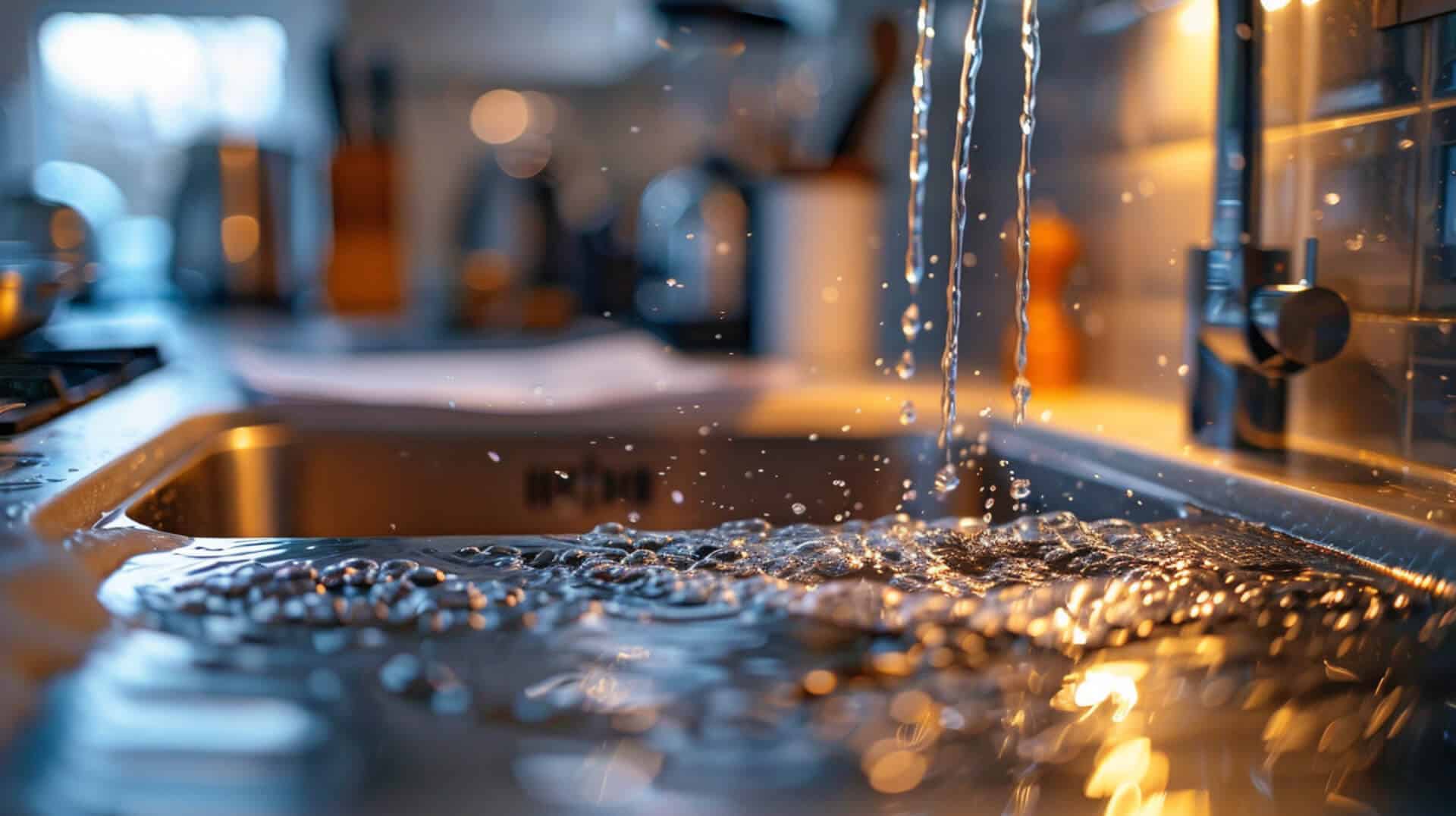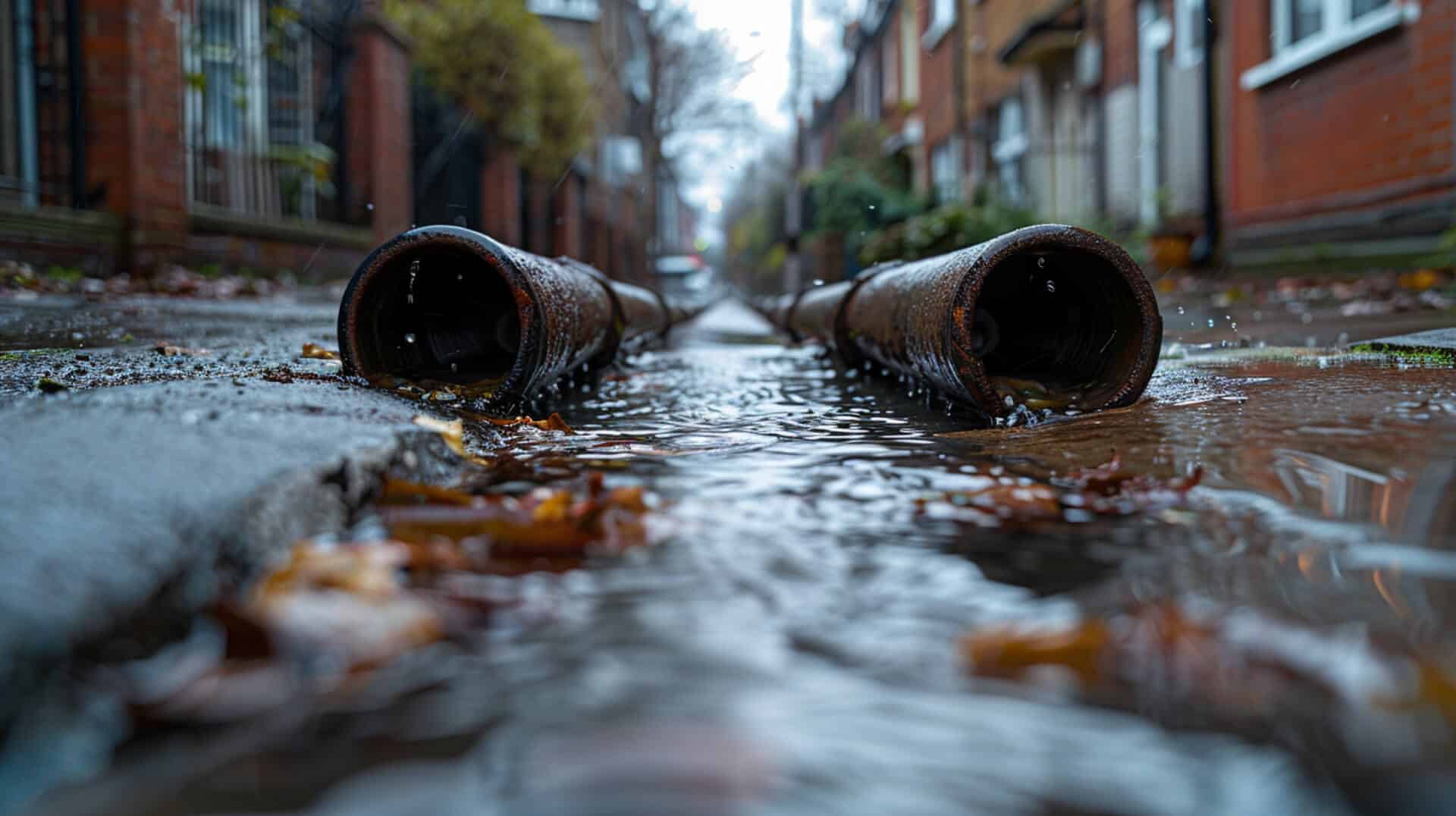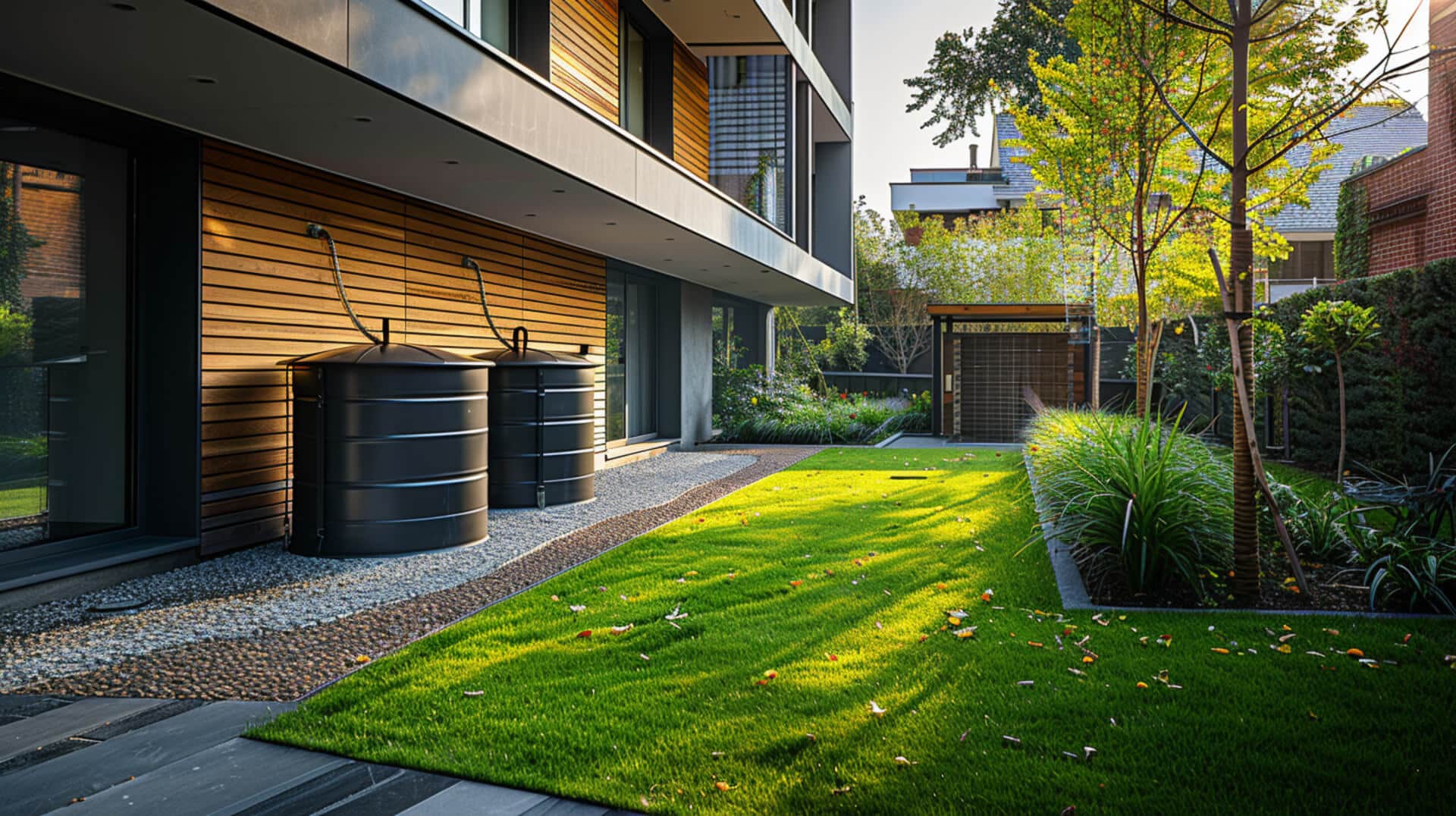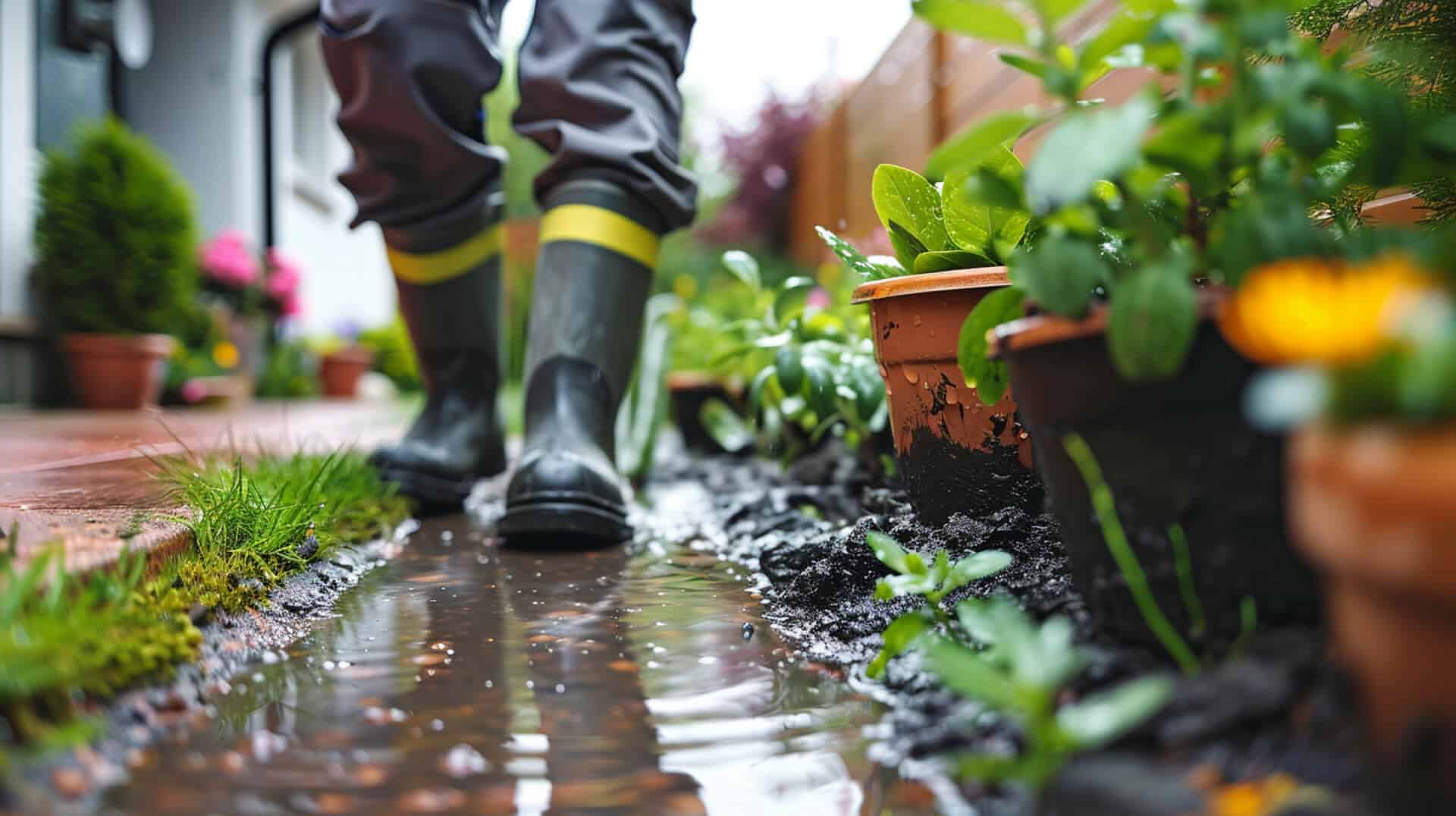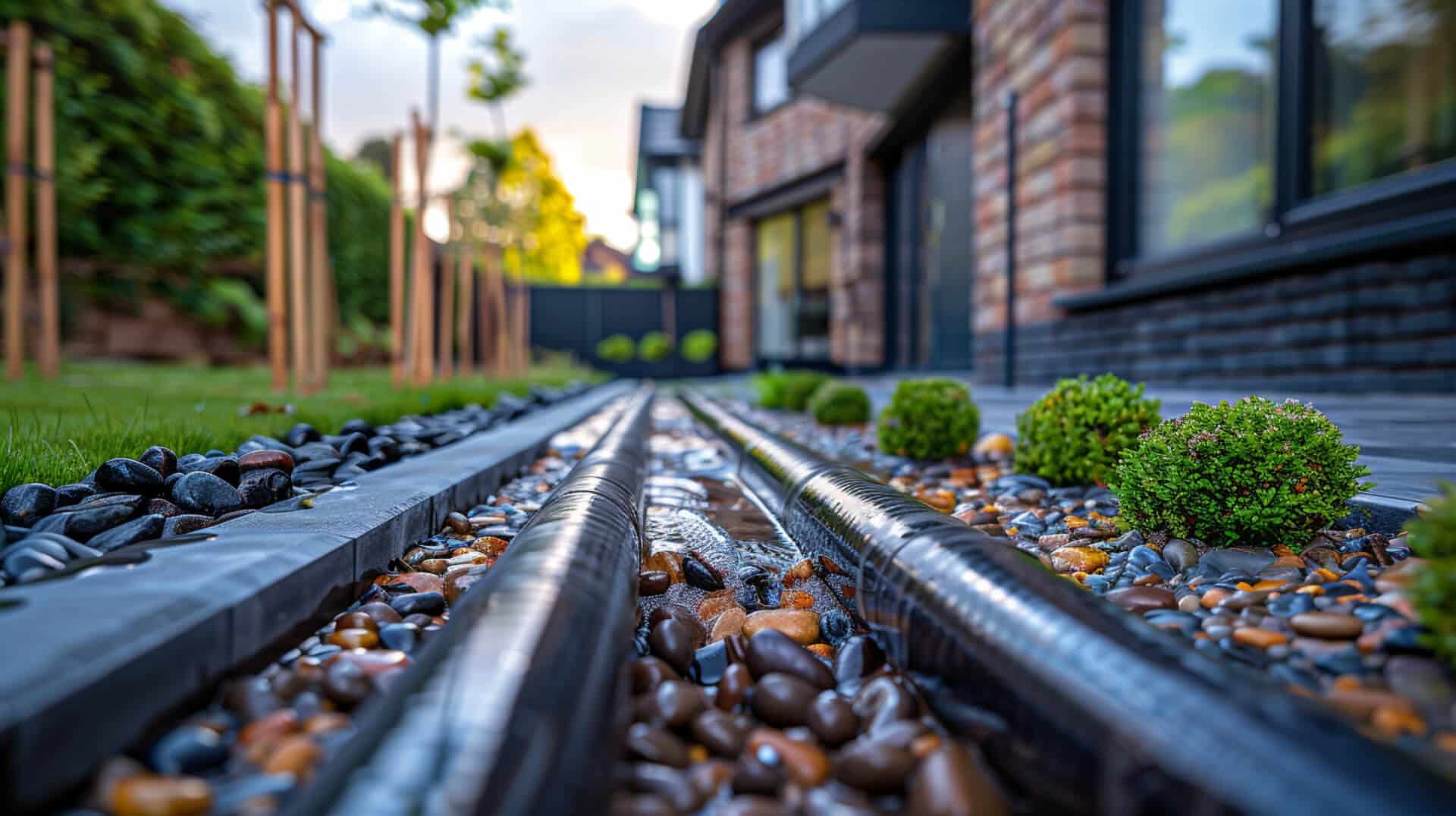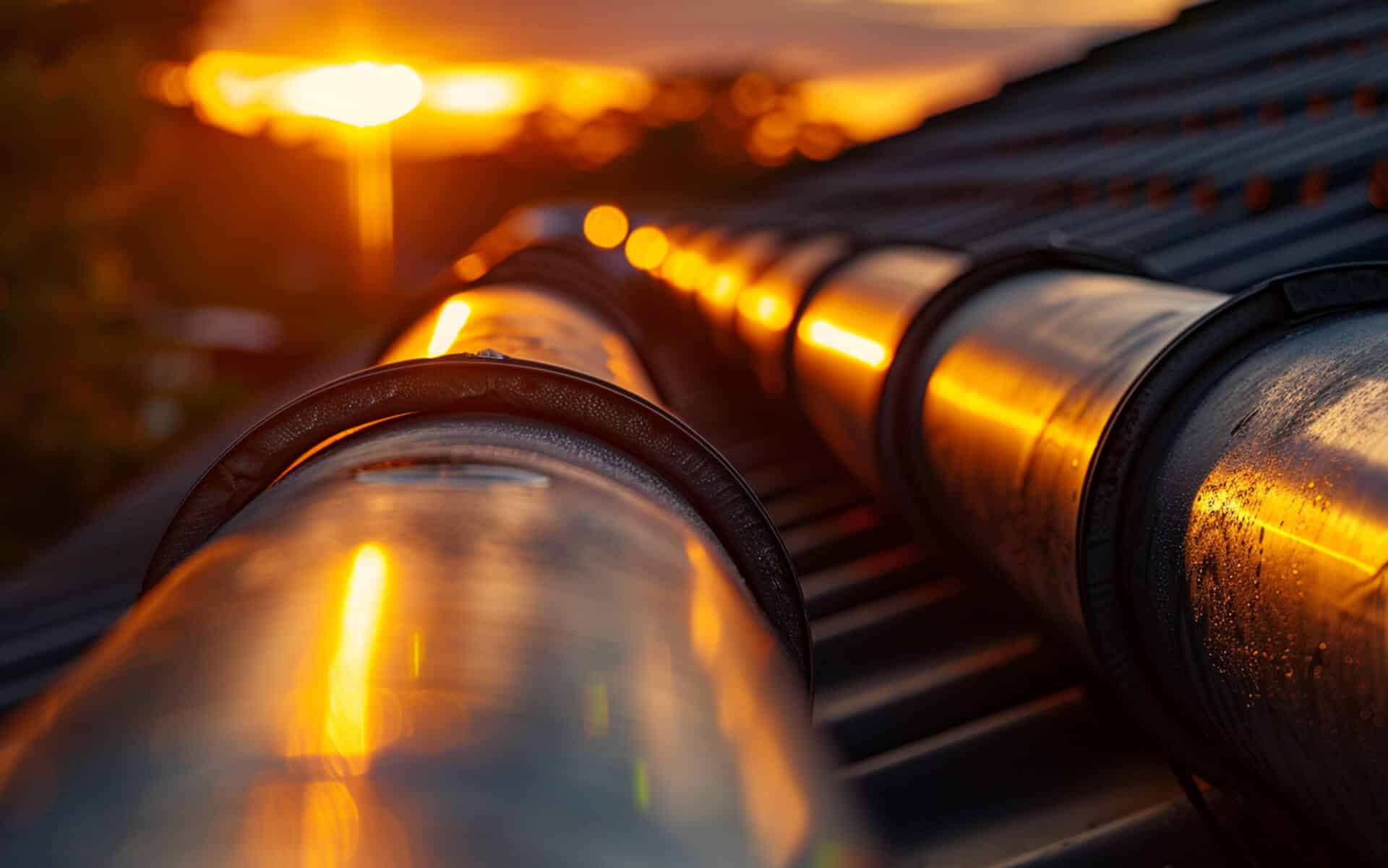 How Does The Size of A Drain Pipe Affect Its Functionality
How Does The Size of A Drain Pipe Affect Its Functionality
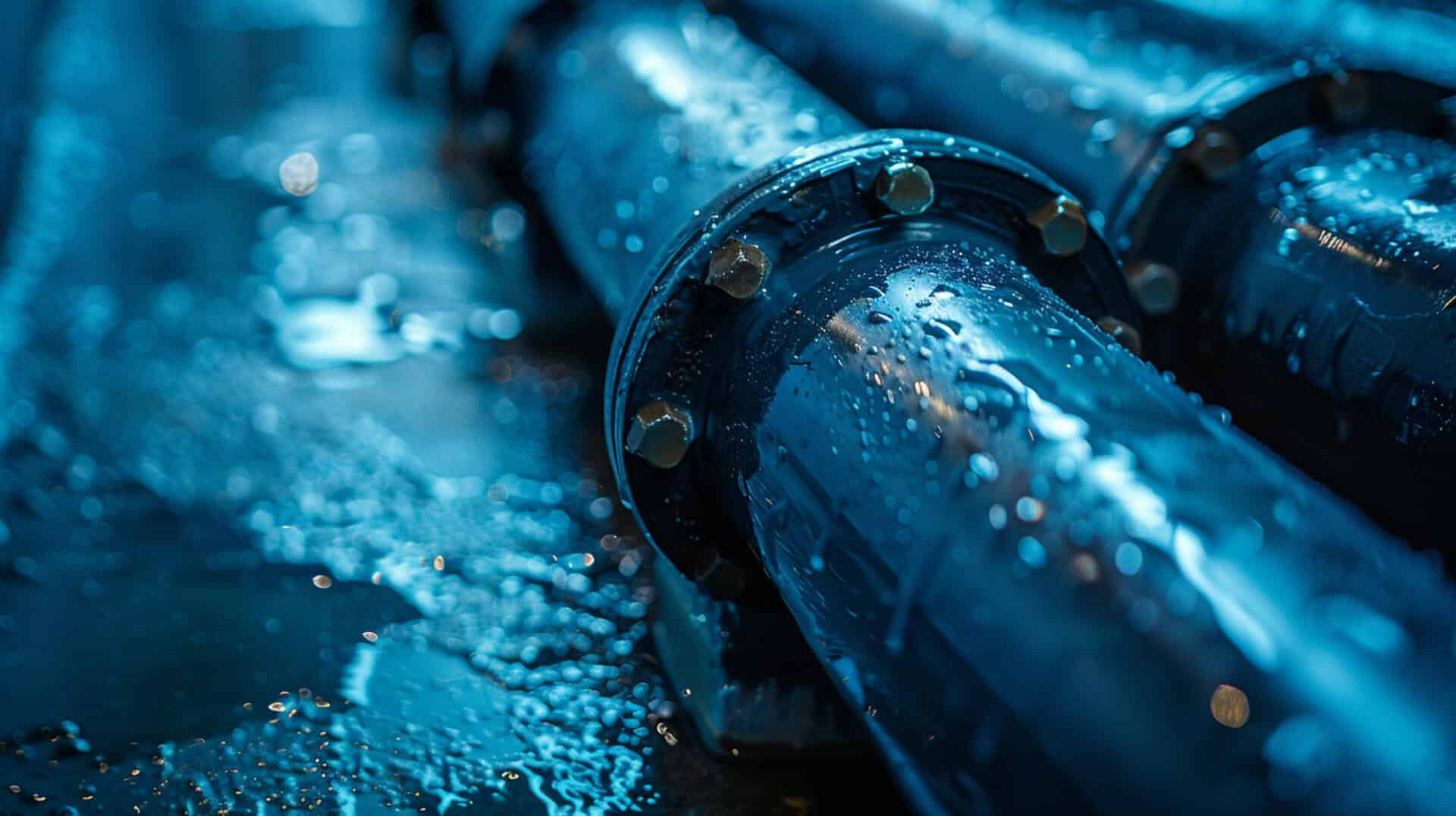
Selecting the appropriate size for a drain pipe is not merely a technical decision; it is a critical factor in property management. The diameter of these pipes plays a pivotal role in the overall efficiency of a drainage system. If the sizing is incorrect, the consequences can range from minor inconveniences to significant property damage.
The Crucial Role of Correct Pipe Sizing
When you choose the right size for a drain pipe, you ensure that the system can handle the expected volume of water without overflow or back-up. This decision affects everything from the speed at which water drains to the long-term integrity of the pipe network.
Consequences of Incorrect Pipe Sizing
Using a drain pipe that is too small can lead to frequent clogs and backups, which may result in costly maintenance or repairs. Conversely, an oversized pipe could be unnecessarily expensive and lead to water stagnation, increasing the risk of pipe corrosion and water contamination.
Empowering Property and Facility Managers
This guide is designed to assist you, whether you’re a property owner, business owner, or facility manager, in understanding the importance of drain pipe sizing. It will provide you with the knowledge to make informed decisions that will ensure the functionality and reliability of your drainage system, thereby protecting your property from potential water damage.
Understanding the Basics of Drainage Systems
Key Components of a Drainage System
Drainage systems are integral to managing water in both urban and residential settings. The key components include channel drains, which collect water from surfaces; stormwater systems, designed to handle runoff during heavy rainfall; and wastewater removal systems, which transport used water away from properties.
Interaction of Drainage System Elements
Channel drains, surface runoff, and stormwater systems work in concert to prevent water accumulation that can lead to flooding. Channel drains capture runoff and direct it to stormwater systems, which then safely convey the water to larger bodies of water or wastewater treatment facilities.
Importance of Wastewater Removal
In urban planning, wastewater removal is essential for maintaining public health and environmental quality. It ensures that used water is properly treated before being released back into the environment, reducing the risk of contamination and disease spread.
Influence of City Connections on Drain Pipe Functionality
City connections, such as the linkage to municipal sewer systems, play a pivotal role in drain pipe functionality. They determine the final destination of wastewater and influence the design and capacity requirements of the drainage infrastructure within a property. Proper connection to these systems is crucial for the effective operation of drainage systems and compliance with local regulations.
The Science Behind Water Flow Dynamics
Understanding the principles of fluid dynamics is essential for designing effective drainage systems. The size of a drain pipe plays a critical role in its functionality, influencing the flow rate and capacity to handle water efficiently.
Principles of Fluid Dynamics in Drainage
Fluid dynamics is the study of how liquids behave while in motion. In the context of drainage, these principles dictate how water flows through pipes. The behaviour of the water flow depends on the pipe’s diameter, slope, and the roughness of its interior surface.
Continuity Principle and Drain Pipe Design
The continuity principle states that the mass flow rate of a fluid remains constant from one cross-section of a pipe to another, provided there is no loss of liquid. This principle affects drain pipe design by ensuring that the pipe size is sufficient to handle the expected volume of water without causing backups or overflows.
Role of Flow Resistance in Pipe Sizing
Flow resistance is a measure of the opposition to fluid flow within a pipe, influenced by factors such as pipe diameter, length, and surface texture. A larger pipe diameter reduces resistance and allows for a greater volume of water to pass through, improving the system’s efficiency.
Influence of Pump Types and Flow Laws
Different pump types, such as constant pressure, positive displacement, and centrifugal pumps, are used to move water through drainage systems. Laws like Poiseuille’s describe how the flow rate is affected by the pipe’s dimensions and the fluid’s viscosity. These factors must be considered when determining the optimal pipe size for a drainage system to ensure it functions as intended.
Material Considerations in Pipe Functionality
Impact of Durability and Corrosion Resistance on Pipe Selection
When selecting pipes for drainage systems, the durability and corrosion resistance of the material are paramount. Pipes made from materials like PVC, HDPE, and cast iron offer varying degrees of longevity and resistance to corrosive substances, which can significantly affect maintenance frequency and system lifespan.
Importance of Bore Smoothness in Drain Pipes
The interior smoothness of a pipe, or bore smoothness, is crucial for minimising flow resistance. A smoother bore allows water to pass through with less friction, reducing the likelihood of blockages and improving the overall efficiency of the drainage system.
Advancements in Pipe Materials
Recent advancements in materials such as PVC-U and enhanced polypropylene have led to pipes that are not only more durable but also lighter and easier to instal. These materials have contributed to improved pipe functionality by offering better resistance to environmental stressors and reducing the need for frequent replacements.
Evolution of Joint Types and Their Effects
The evolution of joint types, from traditional methods to modern, watertight connections, has enhanced the integrity of drainage systems. Properly designed joints prevent leaks and ensure that the system remains robust under various conditions, directly impacting the efficiency of water management in drainage applications.
The Impact of Pipe Size on Drainage Efficiency
Influence of Pipe Diameter on Water Flow
The diameter of a drain pipe is a critical factor in determining its water flow rate and capacity. A larger diameter allows for a higher volume of water to pass through, reducing the risk of overflow and enabling the system to handle heavy rainfall or sudden influxes of water. Conversely, a smaller diameter can restrict flow and lead to backups.
Risks of Undersized Drain Pipes
Choosing a drain pipe that is too small for the expected volume of water can lead to several issues. It increases the risk of clogging, as debris has less space to move through the system. Additionally, the increased pressure from water trying to pass through a narrow space can lead to pipe damage and potential system failure.
Drawbacks of Oversized Drain Pipes
While oversized pipes may seem like a safe choice, they can be just as detrimental. Excessively large pipes can cause water to flow too slowly, leading to sedimentation and potential blockages. Furthermore, the installation of larger pipes often incurs higher costs and requires more space, which may not be available or practical.
Balancing Pipe Size and Flow Rate
Achieving a balance between pipe size and flow rate is essential for efficient system design. The correct pipe size ensures that water is carried away swiftly without causing strain on the system or wasting resources. It is important to consider factors such as the area’s rainfall intensity and the drainage system’s overall design when selecting the appropriate pipe size.
Installation and Maintenance: Ensuring Long-Term Functionality
Proper installation and regular maintenance are key to the longevity and effectiveness of drain pipes. Adhering to established guidelines and employing professional plumbing services can prevent common issues that compromise drainage systems.
Guidelines for Effective Drain Pipe Installation
For optimal functionality, your drain pipe installation should follow these guidelines:
- Ensure Correct Sizing: Select a pipe diameter that matches the expected flow rate and complies with local building codes.
- Slope Appropriately: Instal pipes with a sufficient gradient to facilitate water flow and prevent stagnation.
- Secure Connections: Use appropriate joint types to prevent leaks and maintain system integrity.
Professional Plumbing’s Role in System Longevity
Professional plumbers bring expertise in system design and installation, ensuring that your drainage system operates efficiently. Their knowledge of materials and local regulations is invaluable in preventing future problems.
Common Problems from Improper Installation or Maintenance
Improper installation or neglect can lead to issues such as:
- Clogs and Blockages: Caused by inadequate pipe sizing or poor maintenance.
- Leaks: Resulting from faulty joints or pipe damage.
- System Overload: Due to underestimating capacity needs.
High-Pressure Water Jetting as a Maintenance Method
High-pressure water jetting is a preferred method for maintaining drain pipes because it effectively clears blockages and buildup without damaging the pipes. This technique is a key component of a proactive maintenance strategy, helping to ensure that drainage systems remain clear and fully operational.
Legal and Regulatory Considerations in Drainage Design
Regulations Governing Drain Pipe Sizing and Installation
When designing and installing drainage systems, you must adhere to specific regulations that govern pipe sizing and installation. These regulations ensure that drainage systems are safe, effective, and environmentally sound. They may vary by location but typically include standards for pipe diameter, material, and installation practices.
Impact of Property Drainage Laws on System Design
Property drainage laws can significantly impact system design. These laws dictate how water can be collected and where it can be discharged, influencing the size and type of pipes used. Compliance with these laws is essential to avoid legal repercussions and ensure that drainage systems do not adversely affect surrounding properties or the environment.
Importance of Nationwide Wastewater Solutions
Understanding nationwide wastewater solutions is important because it provides a framework for managing water resources on a larger scale. This knowledge can guide the selection of appropriate pipe sizes and materials that align with broader environmental goals and wastewater treatment processes.
Compliance with Legal Standards
Compliance with legal standards is crucial for preventing future issues such as fines, system failures, or environmental damage. By following the established guidelines for drain pipe sizing and installation, you can ensure that your drainage system is not only functional but also sustainable and legally sound.
Environmental and Health Implications of Drain Pipe Sizing
Drain Pipe Size and Environmental Sustainability
Selecting the appropriate size for drain pipes is not only a matter of functionality but also of environmental responsibility. The correct pipe size ensures efficient water flow and treatment, reducing the risk of pollution and conserving water resources. Oversized pipes may lead to water stagnation, while undersized pipes can cause overflows and release pollutants into local waterways.
Health Risks Linked to Improper Drainage
Improper drainage due to incorrect pipe sizing can lead to waterborne health risks. Stagnant water in undersized pipes can become a breeding ground for bacteria such as Legionella, posing a threat to public health. Ensuring proper water flow through correct pipe sizing is essential for mitigating these risks.
Importance of Grease Traps and Sewage Treatment
Grease traps and sewage treatment are critical components of a sustainable drainage system. They prevent the entry of harmful substances into the sewer system, which can be exacerbated by incorrect pipe sizing. Properly sized pipes facilitate the efficient transport of waste to treatment facilities, reducing the burden on these systems.
Integrating Sustainable Practices in Drainage Design
Sustainable drainage design includes the integration of features like rainwater harvesting and the use of recycled materials in pipe construction. By considering environmental impact in the sizing and selection of drain pipes, you can contribute to a more sustainable and resilient water management system.
Advanced Topics: Flood Defence and Rainwater Harvesting
Drain Pipe Sizing in Flood Defence
Proper drain pipe sizing is a cornerstone of effective flood defence strategies. Pipes that are sized correctly can handle significant volumes of stormwater, reducing the likelihood of overflow and subsequent flooding. Conversely, undersized pipes may become quickly overwhelmed during heavy rainfall, leading to water accumulation and property damage.
Role of Rainwater Harvesting in Sustainable Drainage
Rainwater harvesting systems complement sustainable drainage by reducing the volume of runoff entering the drainage system. By collecting and reusing rainwater, you can diminish the burden on drain pipes and lower the risk of system overload during peak flow conditions.
Enhancing Drainage with Soakaway Crates
Soakaway crates are an innovative solution for managing excess water. They create temporary storage for runoff that slowly infiltrates into the surrounding soil, easing pressure on the drainage system. Incorporating soakaway crates into your drainage design can enhance the functionality of the system, especially in areas prone to heavy rainfall.
Importance of Flood Defence Planning
Flood defence planning is essential for property management, particularly in regions susceptible to extreme weather events. It involves assessing potential risks and implementing measures such as appropriate pipe sizing and auxiliary systems to mitigate the impact of flooding. Effective planning ensures that properties are better protected against water damage and associated costs.
Navigating Challenges: Common Issues and Solutions
Frequent Challenges in Drain Pipe Functionality
Drain pipe systems may encounter various challenges that affect their functionality. Common issues include blockages due to debris accumulation, pipe corrosion leading to leaks, and inadequate sizing that results in overflow or slow drainage. These problems can disrupt the efficiency of water management within a property.
Troubleshooting Drainage Problems
Property managers can address drainage problems by first inspecting for visible signs of blockage or damage. Regular cleaning, using tools like high-pressure water jets, can clear obstructions. For more complex issues, consulting with professional plumbers who can perform camera inspections and repair damaged sections is advisable.
Importance of Ongoing System Assessment
Ongoing assessment of the drainage system is vital to ensure its continued functionality. Regular checks help identify potential issues before they escalate, allowing for timely interventions. This proactive approach minimises the risk of system failure and extends the lifespan of the drainage infrastructure.
Role of Emerging Technologies in Drainage Management
Emerging technologies, such as smart sensors and automated monitoring systems, offer advanced solutions for drainage management. These tools can detect irregularities in flow rates and alert property managers to potential issues, facilitating immediate response and maintenance. By integrating these technologies, you can enhance the resilience and reliability of your drainage system.
Case Studies: Successful Drainage System Implementations
Effective Drain Pipe Sizing by Property Owners
In the realm of property management, the correct sizing of drain pipes is crucial for preventing water damage and maintaining infrastructure integrity. Case studies have shown that property owners who engage in thorough planning and consultation with experts tend to choose the most effective pipe sizes for their specific needs. These decisions are often informed by factors such as local rainfall data, property size, and landscape topography.
Lessons from Stormwater Management Projects
Stormwater management projects offer valuable insights into the importance of proper drain pipe sizing. Successful projects often feature a combination of adequate pipe sizing and complementary systems like retention basins or green roofs, which work together to manage runoff effectively. These examples highlight the need for a holistic approach to water management.
Importance of Real-World Examples
Real-world examples serve as a practical guide for understanding the complexities of drainage systems. They provide tangible evidence of the consequences of both well-sized and poorly-sized pipes, illustrating the impact on system efficiency and property safety.
Material Selection in Drainage Systems
Case studies also underscore the significance of material selection in conjunction with proper sizing. Projects that utilise materials suited to the local environment and usage demands tend to exhibit better performance and longevity. These real-world implementations demonstrate that the right material choice, paired with correct sizing, is key to a functional drainage system.
Optimising Drain Pipe Functionality for the Future
Key Takeaways for Effective Drainage Management
For property owners, business owners, and facility managers, understanding the critical role of drain pipe size in the functionality of a drainage system is essential. The correct pipe size ensures efficient water flow, prevents property damage, and maintains environmental integrity.
The Role of Education and Awareness
Ongoing education and awareness are vital in improving drainage system design. Staying informed about the latest regulations, materials, and technologies enables you to make decisions that enhance system performance and sustainability.
Collaborating with Drainage Professionals
Collaboration with professionals in plumbing and water management is crucial for optimising your drainage system. These experts can provide valuable insights into system design, maintenance, and compliance with legal standards.
Monitoring Trends in Drainage Technology
Keeping an eye on future trends in drainage technology, such as smart water management systems and eco-friendly materials, can help you stay ahead in efficient water management. These advancements promise to offer improved solutions for managing water resources and reducing environmental impact.
